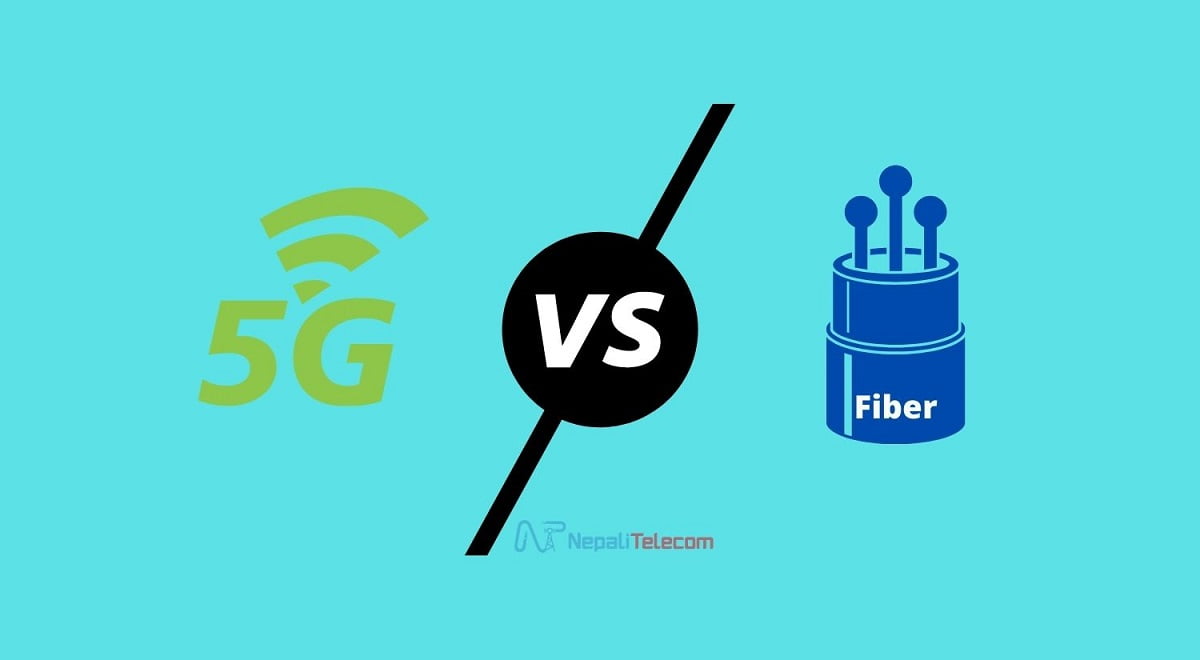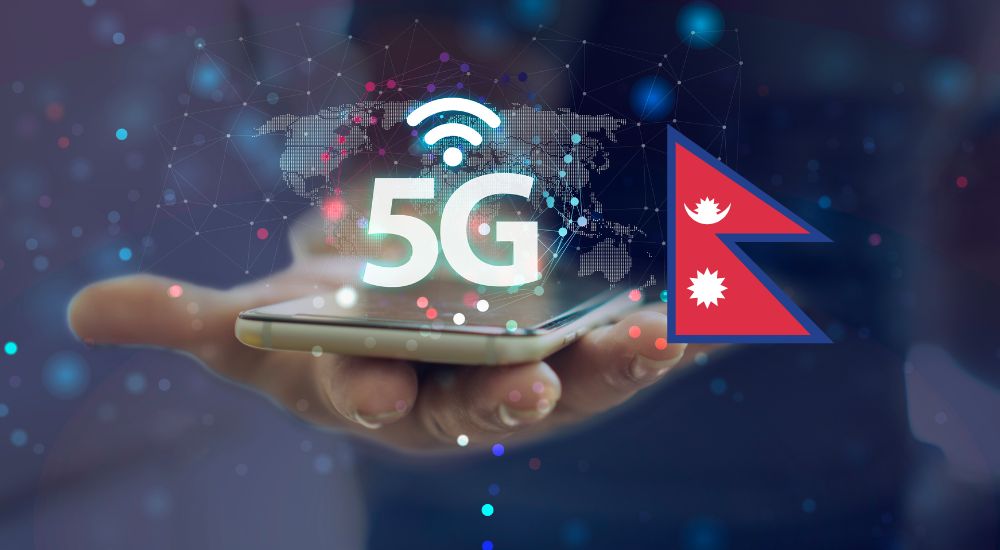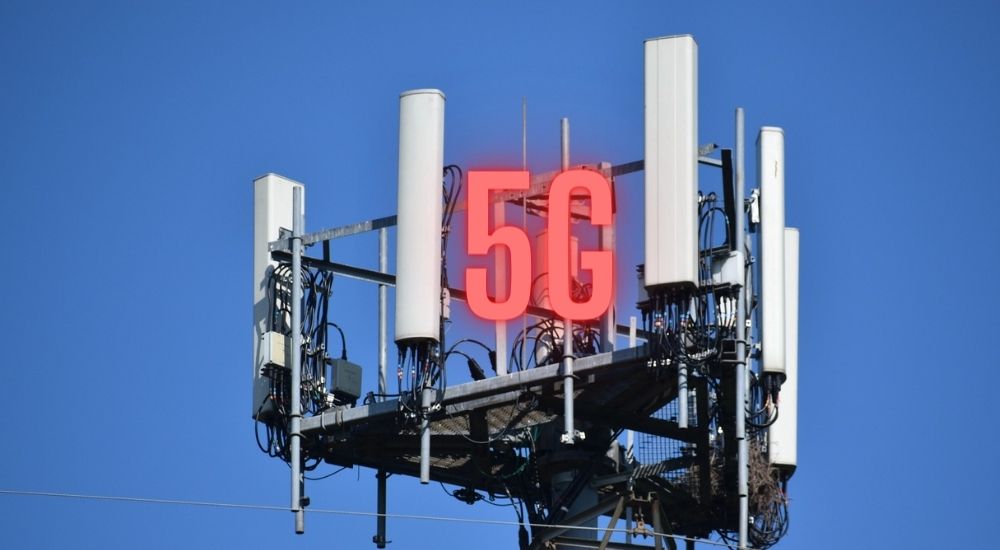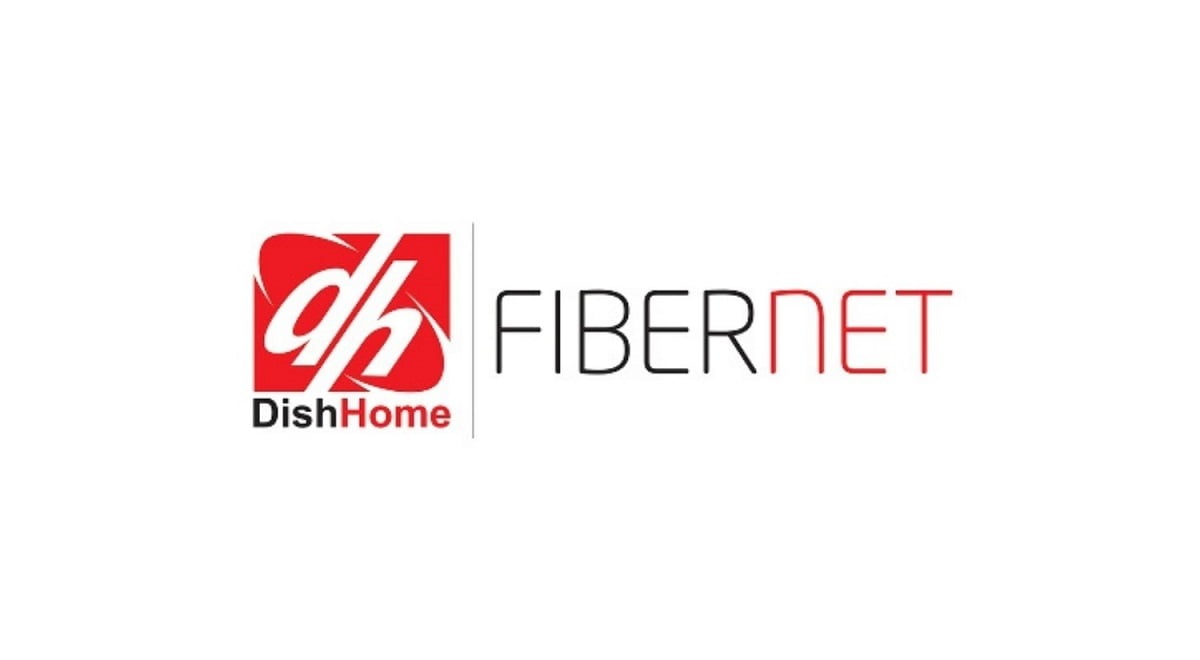5G vs Fiber has become an ever-going topic on the internet today. With the advent of 5G technology and ISPs pitching their fiber net, confusion has grown over their differences among both tech enthusiasts and consumers.
As we enter the 4K, 8K, and AR/VR age, we hear both 5G and fiber delivering ultra-fast internet to meet all their bandwidth demands. But not everyone is well familiar with both terms and the technologies they possess. So let’s get down to the details around these two advanced broadband technologies and find out which one fares better against the other.
The Fundamentals
Both 5G and Fiber are the next-gen revolutions in broadband technology. 5G is the fifth-generation wireless mobile broadband while fiber is also the next-gen internet solution for fixed broadband that succeeded copper-based DSL service.
Likewise, 5G began with South Korea adopting it first in 2019. and still rolling out, fiber has been the standard for high-speed internet solutions around the world for a couple of decades.
Now let’s get to the contrasts between the two distinct technologies and see how they fare against each other.
Speed: 5G vs Fiber
When it comes to the internet, everything boils down to the speed factor. Both 5G and fiber provide excellent internet speed and no one will bear any compromise be it a normal user or a netizen who spends most of their time online. But still, speed does matter.
Popular site Thalesgroup writes that 5G can offer speed up to 10 Gbps in ideal conditions. It is a 100 times improvement over the speed capacity of 4G. Whereas a customer can get 100s of Mbps on an average at their home with a 5G home broadband solution. Another important factor is 5G can offer this enormous data transfer with minimal latency of 1 millisecond. Being a wireless service, 5G is affected by weather conditions and blockages.
Fiber net can clock as high as 1 Gbps in ideal conditions. The optics can send data as fast as 70% speed of light. Moreover, it is less susceptible to wear and tear due to environmental factors. It is also resistant to electrical interference. Overall, it is a major leap over copper wires which lack everything that fiber possesses. As a physical cable runs to the customer’s premises, the fiber could be damaged by some construction activities or accidents but is quite rare.
Comparing the two, 5G broadband gets the upper hand with both speed and minimal latency. While there is a huge difference in their potential bandwidth, 5G also comes with minimal latency.
Lower latency leads to instant data exchange and server response which leads to a smooth user experience. This will be very useful for gamers who need instant server response every time they push buttons. Moreover, lower latency will unleash the major performance potential of IoT, AI, and smart home devices.
Learn more about 5G technology and its services.
Connectivity: 5G vs Fiber
For a country like Nepal with a convoluted landscape, taking internet service to rural areas has always been a challenge. The irregular landscape does not make it feasible to transport the necessary equipment for setting up and then maintaining them for years. But 5G could overcome these difficulties once it arrives in the country.
The only issue with 5G is its tower range. 5G’s wavelength is only about 1,000 compared to 4G’s 10 miles. But, the telecoms can utilize mid to low frequency bands and connect small communities in rural areas. As 4G has not achieved the same level of connectivity throughout the country, this 5G workaround in lower bands will reimburse for all the previous shortcomings. Read in detail about 5G Vs 4G.
Although operating 5G at lower bands will decrease 5G broadband speed and also incur more investment costs as it requires multiple towers due to its limited coverage, a telecom operator can recoup their investment with a huge volume of bandwidth in the long run.
Fiber penetration across the country has not been an easy course for Nepali telecoms and ISPs due to geographical impediments. But 5G broadband could reimburse for it and help reach higher connectivity that Nepal Government has always wished for.
Read: Why Do We Need 5G At Home?
Reliability: 5G vs Fiber
Both 5G and fiber are remarkable achievements in broadband communication with no compromise in security and their reliability. However, fiber still comes out on top because materials used in fiber optics such as plastic and glass fiber optic cables are flexible and less vulnerable to damage. Moreover, optic cables are covered inside the protective cable beneath the ground.
Coming to 5G, it can be exposed to security infiltrations. Hackers can pinpoint the locations of phone users and deliver false messages and links that could subject them to malicious programs that steal their user data. Cybercriminals can also create false alerts on calls and voice messages for sinister purposes.
Security in 5G standards needs to take care of with utmost importance from standardization bodies and stakeholders including telecom operators for more work to do on their vulnerabilities and make the fifth-gen network safe. For now, the fiber net looks more secure in terms of infrastructure’s reliability as well as users’ privacy protection.
Also read: Nepal Telecom set To Receive 5G Spectrum From NTA
Cost: 5G vs Fiber
There are two cost factors of concern here. The cost for companies in setting up their respective network, and the cost for the end consumers when they start subscribing to it.
IT-related site IPwithease assessed that 5G becomes cheaper of the two when it comes to managing infrastructures. It also concluded that the cost of 5G for the end-user is also lower than fiber optics. But setting up fiber connections involving all the human and technical resources is initially more expensive than 5G.
Furthermore, telcos also maintain a cost-cutting measure by utilizing the exiting 5G towers instead of setting up new ones. Additionally, serving customers with 5G in individual households is easy. Telecom operators only have to install CPE in their coverage area and it will disperse the connection in its range. However, setting up fiber requires installing the cables underground which is time-consuming and also not cost-efficient.
It is that 5G will have more penetration in the immediate future and urban dwellers will have most to make out of it. But also in the rural areas, telecoms can utilize the lower band to provide 5G broadband achieve greater connectivity.
As fiber inconvenient and time-consuming, it can not stand up to the wireless benefits the 5G offers. For a country like Nepal with uneven terrain, the 5G network could become a better option over fiber.
Check out: Nepal Telecom Fiber Internet service; Price and Offers
Which One is Better Though?
Both 5G and fiber have their merits and demerits as with every technology. While 5G is mobile broadband, fiber is fixed broadband. They are two distinct technologies that will coexist alongside each other. But which one takes the upper hand?
Fiber is mostly best for businesses in city areas for much reliable connection. Meanwhile, 5G is making its ruthless stride to urban areas with incredible potentials. And currently, the 5G ecosystem is also building exponentially with more smartphones launched with 5G compatibility.
Fiber wins hands down in reliability and users’ data protection, but 5G will gain more prominence with the rise of Artificial Intelligence, AR/VR, and Smart Home technologies. Due to its low latency and response, 5G will span across manufacturing, medical, education, etc.
Fiber is still the choice for the internet, but we cannot deny the inevitability of 5G’s global eminence in an immediate future. As to which one is better, it may depend on variables and preference to an individual as well.
As Nepal Telecom prepares for the 5G trial and launches sooner or later, it will also raise a debate about the capacities of both broadbands soon. It is receiving the 5G spectrum by NTA for free and the plan is to launch it for trial in 2021 if possible.
What do you think about the 5G vs fiber debate? What is your opinion on 5G’s rising prominence as technology expands today? Do you think it can replace and ultimately displace fiber or coexist? Kindly drop your suggestions in the comments section below.












